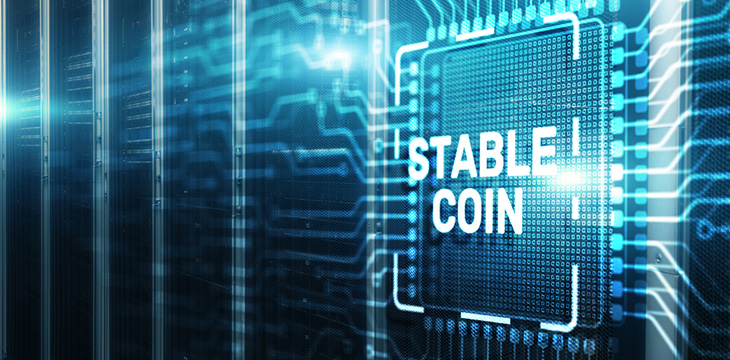|
Getting your Trinity Audio player ready...
|
E-commerce giant Mercado Libre has rolled out a stablecoin for users of its digital bank, Mercado Pago, in a bold attempt at embracing blockchain technology.
The new stablecoin, MELI, is dollar-denominated and can be accessed through the Mercado Pago mobile app. Although the stablecoin appears to comply with local Brazilian regulations, the new offering is expected to be widely adopted across South America.
Experts say that up to 52 million active users in the region will have access to the MELI stablecoin, and Brazil and Argentina are touted to be key in the adoption drive. The digital bank has recorded an impressive growth since 2021 and the introduction of stablecoins is expected to drive up user metrics.
Mercado Libre is not taking a lax approach with its stablecoin rollout, announcing the removal of transaction fees for users while imposing a 1.5% fee for other digital assets. For market making, Mercado Libre turned to digital asset service provider Ripio, a player in the Latin America ecosystem with a partnership with global stablecoin issuer Paxos.
Users of the digital bank can buy the Meli Dollar stablecoin with their fiat balance without incurring any additional fees. Apart from improving the state of e-commerce transactions on its platform, the new rollout could introduce the concept of digital assets to new demographics in Latin America.
Furthermore, the launch offers users a new option to protect their wealth from sky-rocketing inflation of their local currencies by turning to the dollar’s stability. Between 2022 and 2023, Argentina recorded high levels of inflation, surpassing 50% each year, while Brazil and Uruguay have had their share of currency devaluation.
However, critics are amplifying concerns about the increasing cryptoization of Latin American economies, noting that central banks in the region could face an uphill climb in exercising monetary authority. Already, El Salvador’s adoption of Bitcoin has faced opposition from the World Bank and the International Monetary Fund (IMF) over the possibility of sparking a digital asset chain reaction in the region.
Not a first-time player
The stablecoin issuance is not Mercado Libre’s first rodeo with digital assets, with the company previously dabbling in Facebook’s (NASDAQ: META) Diem stablecoin initiative in 2020. The e-commerce company took the full plunge into the space in 2022 with the rollout of MercadoCoin as a customer loyalty program.
However, the integration with digital assets has not been smooth sailing all the way for Mercado Libre. In 2019, the company banned digital currency listing on its e-commerce platform following a capital injection from a $750 million investment from PayPal (NASDAQ: PYPL).
Watch Centi: Bridging digital money and traditional banking

 01-12-2026
01-12-2026 




